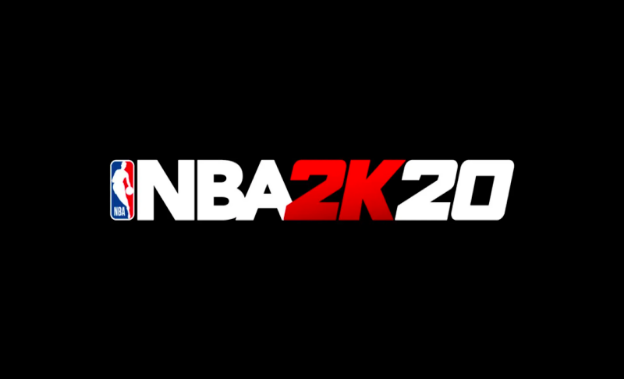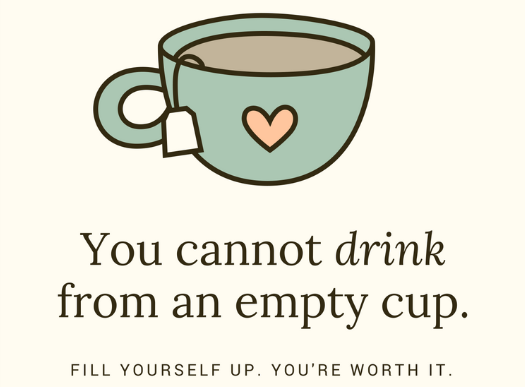By Ramzi Maducdoc

Too often, when the time of the year comes where Apple releases its new models of the iPhone, people will flock to stores like sheep wanting to get their hands on the new products immediately.
This time, however, people will have to wait to decide if they want to spend the hefty fee of 999 dollars for the new iPhone X or 699 dollars and 799 dollars for the iPhone 8 and 8 plus, respectively.
The iPhone X will be available starting Nov. 3, but pre-orders for the iPhone X will be available starting Oct. 27. The iPhone 8 and 8 plus, however, have been available for order since Sep. 22.
The main product being endorsed by Apple is the prestigiously titled iPhone X (pronounced “ten”), its main selling point being the full 5.8 inch screen with no front screen buttons, a first for the iPhone brand.
The phone also comes with a brand new face recognition feature, which replaces the traditional Touch ID method that has been used in iPhones since 2013. The feature which Apple calls “Face ID” notably failed during an Apple Keynote presentation showcasing the new products.
At the Apple Keynote presentation on September 12, when Apple associate Craig Federighi attempted to unlock the iPhone X using Face ID, the feature seemingly did not work and a passcode was required to unlock the Phone.
However, after switching demo units, Face ID functioned properly and the phone was unlocked. Though it was not a very drastic failure, it is very unlike Apple for a feature of this magnitude to not function as intended the first time.
It seems like Apple is attempting to promote the iPhone X as a product several years ahead of its time, the same way they promoted the original iPhone over a decade ago.
Unlike their initial product, they no longer have the iconic Steve Jobs to present their product, and most of the features present on the iPhone X are already equipped on different smartphones.
The iPhone 8 and 8 plus are the less privileged cousins of the iPhone X, but nonetheless are still worthy products. They represent the continuation of the yearly saga of smartphones from Apple dating back to 2007.
The iPhone 8 and 8 plus will still have the traditional layout of an iPhone, having a home button with the TouchID feature.The main differences between the iPhone 8 and X seem to be of course the full screen on the X, as well as the FaceID aspect.
The iPhone X has overall better specs than both versions of the 8, expected considering the premium price. The iPhone X boasts an incredible 5.8 inch 2436*1125 pixel display, by far the best screen Apple has ever put on a phone. The iPhone 8, on the other hand, has 4.7 inch 1334*750 pixel display, still an upgrade over last year’s edition but nonetheless inferior to the X’s.
Both phones also have 12 megapixel front cameras, which is identical to the iPhone 7’s camera. However, Apple states the the new A11 Bionic chip will more than compensate for the near identical cameras by having an Apple-designed ISP (Image Signal Processor) installed, which will improve pixel processing for greater image quality.
For more specific details, visit the Apple website or any other sources listing the exact specifications of each product.
With all of this information now available to us, is it really worth upgrading despite such a considerable price tag?
From first impressions, the iPhone X seems lackluster for such a huge price tag. Many of the “new” features on the iPhone X are already on other Smartphones, including the Samsung Galaxy S8, which has been out since April of this year.
The Samsung Galaxy S8 has the same face recognition of the iPhone and has a full glass screen that still retains fingerprint identification, unlike the iPhone.
One of the main problems pointed out by reviewers is the lack of fast wireless charging right out of the box. Apple is one of the main advocates for a completely wireless future. They released the AirPods, completely wireless earbuds, not too long ago.
They introduced the concept of wireless charging with the iPhone 7 last year. Hardly anyone used the wireless charging feature, as simply plugging in the device to an outlet normally was much faster. And to receive faster wireless charging speeds, one had to buy separate accessories off of Amazon for additional fees.
This year Apple promises much faster wireless charging speeds, but it will come with a price. Apple has introduced another accessory in addition to their iPhones, the Apple AirPower Matt, which supposedly can charge multiple devices wirelessly and at much better speeds.
The price for this accessory has not been announced yet, but it will not come with any of the new iPhones. Disappointing, to say the least.
What the critics say
Reviews for the iPhone 8 and 8 plus were published on Sep. 19, a few days before the phones became available to the public. Most critics were fond of the quality camera and faster wireless charging speeds. The iPhone 8 was made using the same foundation as the last three generations of iPhones, but with a glass backing to allow for faster wireless charging.
The new A11 Bionic processor, which is also on the iPhone X, was praised for its outstanding power and speed when processing apps such as graphics heavy games and augmented reality applications. It also very useful for recording and processing videos at 4K resolution.
As for battery life, the iPhone 8 actually has a smaller battery capacity than the iPhone 7. From examining specs, it has about a seven percent smaller battery than the previous model. Exact reasons for this downgrade in hardware are currently unknown.
Overall, though it lacks the cutting-edge appeal of the iPhone X, the iPhone 8 is a worthy successor to previous models. This phone is for consumers who have outdated phones and are looking to upgrade, but are unwilling to spend extra and are content with the features of the iPhone 8.
However, for those wanting the latest and greatest, and do not mind spending an extra 200 dollars for the premium features, the iPhone X would be more suitable for them.
The new iPhones do not set the bar for future phones. They set the standard for what an Apple product is expected to be. Whether or not they succeed those expectations is up to the user.
Story continues below advertisement






